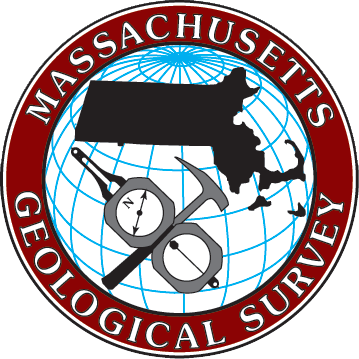| Title | A method of collecting and analyzing lineaments for regional-scale fractured-bedrock aquifer studies |
| Publication Type | Journal Article |
| Year of Publication | 1994 |
| Authors | Mabee, SB, Hardcastle, KC, Wise, DU |
| Journal | Ground Water |
| Volume | 32 |
| Issue | 66 |
| Pagination | 884 - 894 |
| Date Published | 1994/12/01/ |
| Publisher | National Water Well Association, Ground-Water Technology Division : Urbana, IL, United States |
| ISBN Number | 0017467X |
| Keywords | #StaffPubs, aquifers, BEDROCK, coastal environment, fractured materials, Georgetown Island, ground water, Hydrogeology 21, Knox County Maine, lineaments, Maine, mapping, mathematical methods, processes, tectonics, United States |
| Abstract | A new method is proposed for collecting and reducing large collections of lineament data. The method consists of three steps: (1) collection of lineament data using multiple observers, multiple observation trials, and several types of imagery; (2) reproducibility tests; and (3) domain overlap analysis. Collection of lineament data and reproducibility tests are performed by overlaying lineament maps drawn by several observers or by superimposing multiple maps prepared by a single observer and identifying lineaments which are coincident (coincident lineaments = lineaments that have azimuths within 5 ± and separation distances are within 1–2 mm at the scale of drawing). Domain overlap analysis is accomplished by measuring the trends of near-vertical fractures at outcrops distributed over the study region and comparing the spatial distribution of these trends with similar-trending coincident lineaments. Lineaments that are not reproducible and are not geographically correlative with fractures are considered unimportant and removed from the data base. The method was applied to a 44 km2 study area in Maine and resulted in a reduction in the lineament data base from 6500 to 217. Transmissivities determined for bedrock wells located within 30 meters of lineaments that are both reproducible and geographically correlative with outcrop-scale fractures are generally higher than the transmissivities of wells located near lineaments that are not separated on the basis of these criteria. Application of the method serves as an important filter by providing a more manageable lineament data base from which to begin detailed field checking and/or geophysical surveys directed toward specific lineaments. |
| URL | http://onlinelibrary.wiley.com/doi/10.1111/j.1745-6584.1994.tb00928.x/abstract |
| Short Title | Ground Water |
A method of collecting and analyzing lineaments for regional-scale fractured-bedrock aquifer studies
For more info contact:



